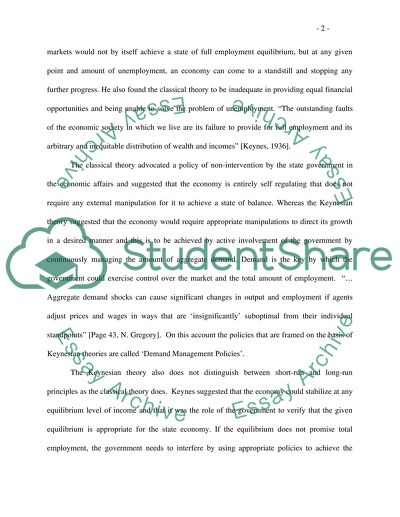The Keynesian School of Economics Essay Example | Topics and Well Written Essays - 1250 words. Retrieved from https://studentshare.org/miscellaneous/1501805-the-keynesian-school-of-economics
The Keynesian School of Economics Essay Example | Topics and Well Written Essays - 1250 Words. https://studentshare.org/miscellaneous/1501805-the-keynesian-school-of-economics.


